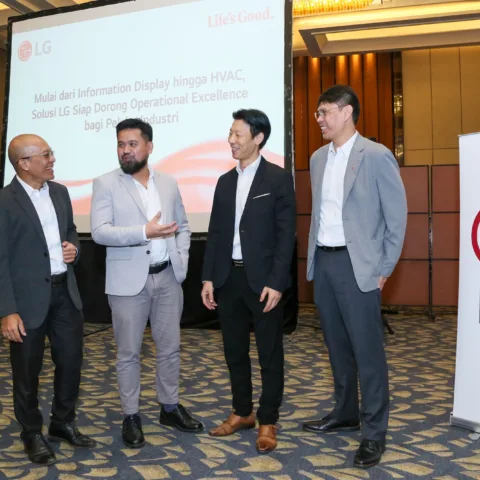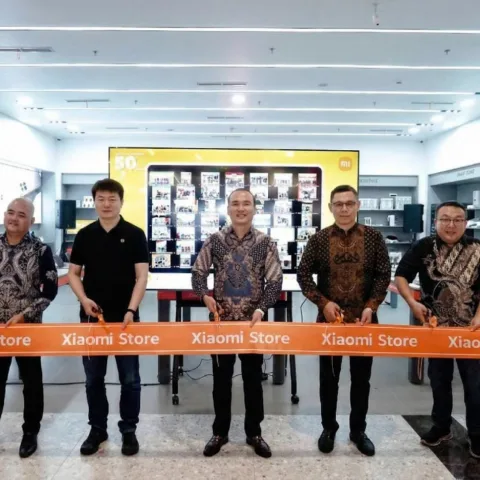
To support its operation in the country, Acer plans on partnering with a local original equipment manufacturer (OEM) vendor which will supply local components to its production, as that’s the only way to accommodate the local government’s regulation of getting 30 percent of products composed with local components.
The regulation indeed forces foreign vendors to have their own manufacturing factory standing in Indonesia. In the process, this scheme will absorb more and more local resources, which is quite positive for Indonesia.
DigiTimes reported that Acer targets six million units to be sold this year. Unfortunately, after six months running, the vendor has only managed to sell 1,8 million units. This adds more pressure to the team, as they are now expected to cover the rest only in six months.
Indonesia has a high level of population and smartphone adoption compared to other countries in Southeast Asia. The percentage of smartphone user has gone up from 28% in 2014 to 43% in 2015. It could even rise to a higher rate as Acer definitely aims to have better sales performance this semester.
According to the source we received, Acer has also decided to stop adopting Intel AP solution due to the stricter subsidy policy applied by Intel towards smartphone app processor vendors. The source went further by saying that Acer even decided to go with Taiwan-based MediaTek’s AP solution instead.
If the future goes as predicted, then its partnership of establishing a local factory in Indonesia will force Acer to be more serious in targeting low-end segment.










